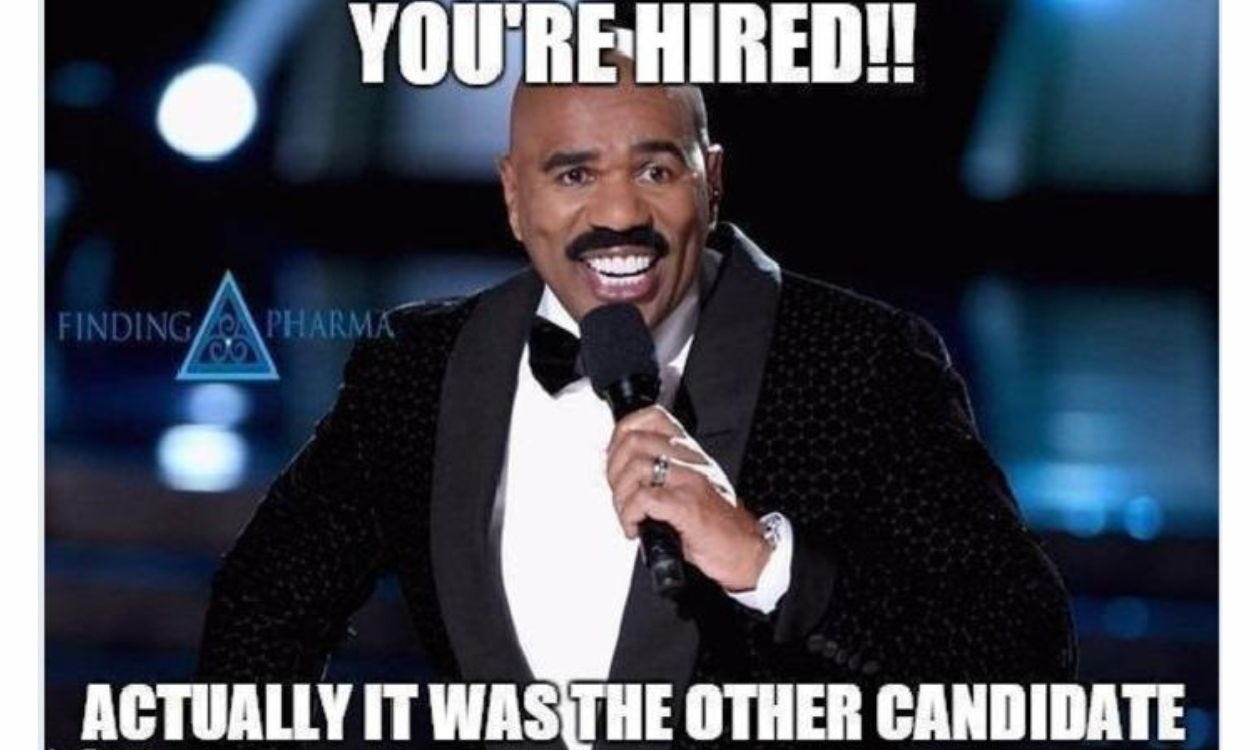The changing landscape of product management
An insider’s look at the product management job market from a hiring manager.
One of the leading PM voices, Aakash Gupta, recently posted some shocking stats. The product‑manager job market has shrunk by 90 % YoY—from 390.1 k open positions to just 42.7 k globally.
A few years ago, only FAANG roles were getting 250 + applicants per opening; nowadays, it’s any job posting whatsoever. As Aakash put it, “the job market is brutal.”
Every single job‑opening post on LinkedIn brings me ~50–60 CVs in a day. Frankly, I cannot even process them quickly enough. Apologies in advance to anyone left hanging.
At the same time, for the past 4 years I’ve always had open PM positions on my teams—always. Currently, at Umico, I have ~10. Back at Bolt, it was ~2–5 at any given point in time.
To be honest, despite the increased inflow of candidates, I find hiring more demanding and it takes longer than before.
I’ve decided to dissect that dichotomy and try to understand the root causes behind it.
I’m going to give you my unedited insider view as a hiring manager.
Today’s article
Shifting market. What has happened and why it is a new normal.
🔒 How has a PM position evolved. Less discovery, more execution. Hiring for niche expertise. Offloading other functions.
🔒 What to do. How to navigate this changing landscape and secure a PM job.
📈 Shifting market
Ten years ago was a golden era for IT. Venture capital flooded into half‑baked businesses. In the US alone, VCs deployed ~$58.8 b across nearly 8,100 rounds, making it the second‑highest annual total in two decades. Globally, this number hit ~$98.4 b.
There were ~140 private unicorn companies valued at >$1 b. A large share of those were pre‑IPO marketplaces that were heavily burning cash. The same companies were open to experimentation with untested business models, as GMV was king.
GMV presided over earnings or free cash flow. Most pre‑IPO marketplaces were commonly valued on run‑rate GMV (monthly GMV × 12). For instance, Alibaba publicly boasted ~$400 b in GMV for FY 2015, despite a deeply negative profit margin.
This GMV‑centric hype led to over‑hiring. Companies were growing fast; they needed people to manage execution. At the same time, there was little understanding of what a product‑manager role really entails. As Andrey Mende noted in one podcast “Booking ~10 years ago was hiring product managers per kilogram of weight”.
This has largely been my experience. A product manager was seen as part UX researcher, part backlog operator who acts as a gateway between business stakeholders and engineers. We made many wrong hires back in the day.
Fast‑forward ten years, and the market has shifted. From 2022 onwards, ~611.1 k tech positions were laid off, with ~20 % being product managers (I’ve dived deeply into the topic in one of my previous articles here).
But those layoffs signal only one thing — without unrestricted VC funding, only a few business models actually work (take a look at how many Google has buried over the years). Those few hard business models require far fewer people to run execution and operations. At the same time, expectations for those people have risen substantially.
The market is getting back to normal. Just draw parallels to the dot‑com bust back in 1998‑2002. Webmasters, HTML coders, and project managers were all the rage. However, when the bubble burst, US tech firms shed ~560 k jobs in 2001‑2002 alone.
The same was true for other professions like mortgage brokers (2003‑2008) and Wall‑Street deal makers (2006‑2009). Abundant capital always masks weak economics, and a correction leads to rightsizing and higher bars.






